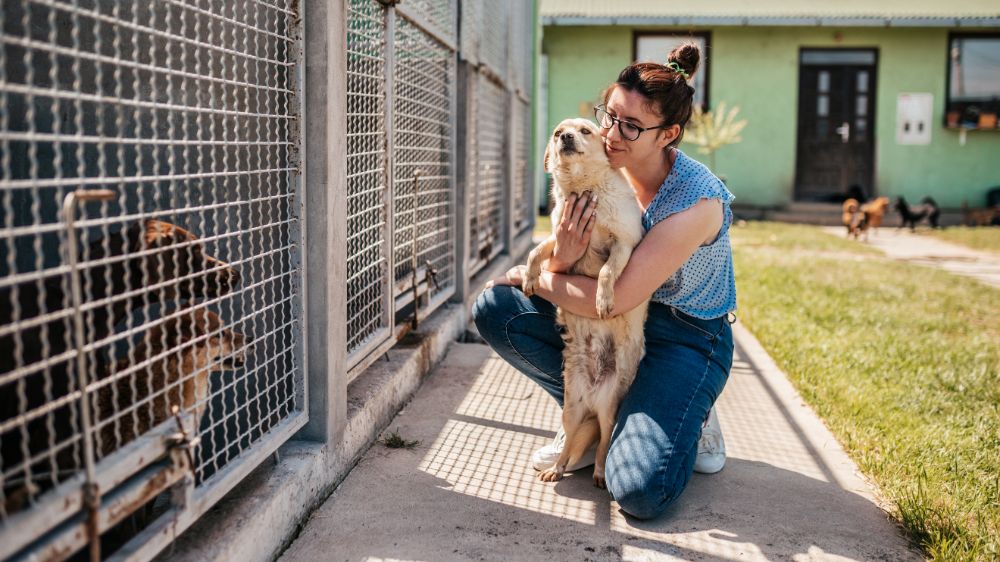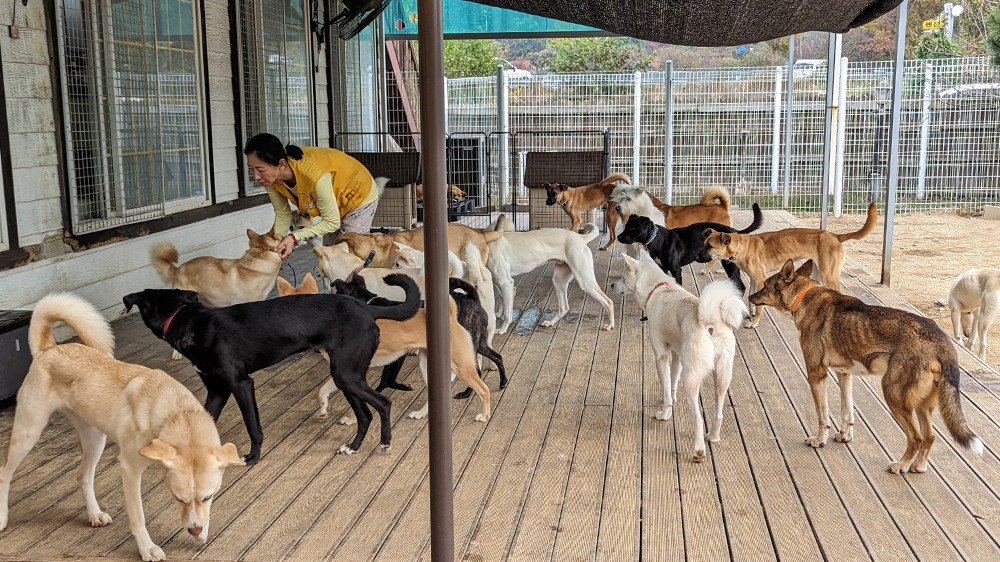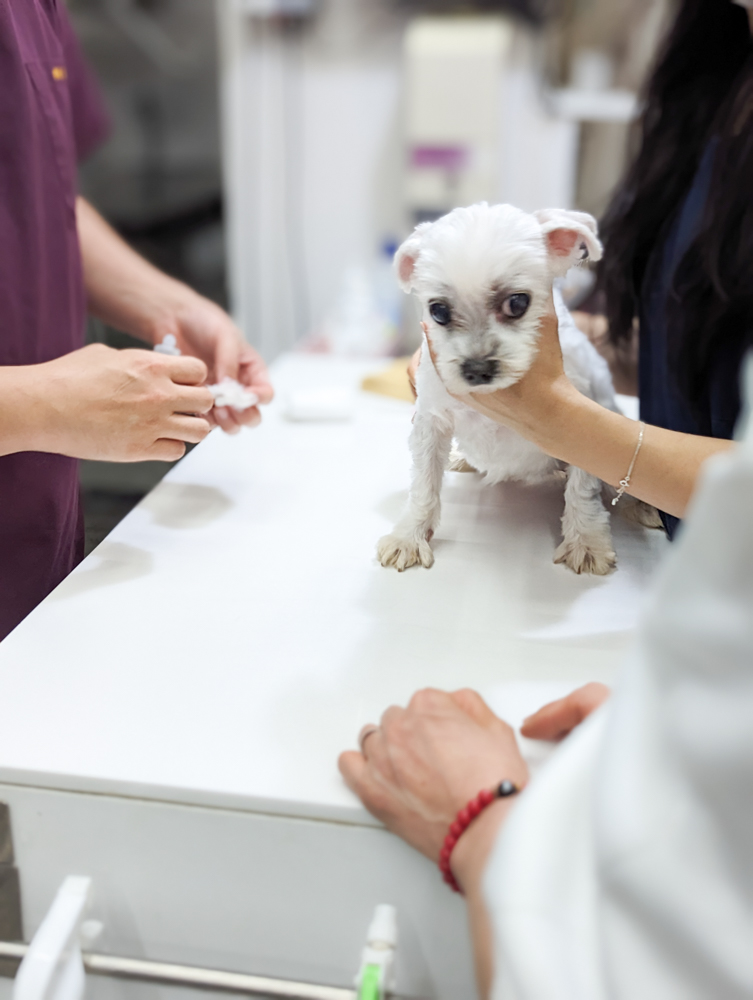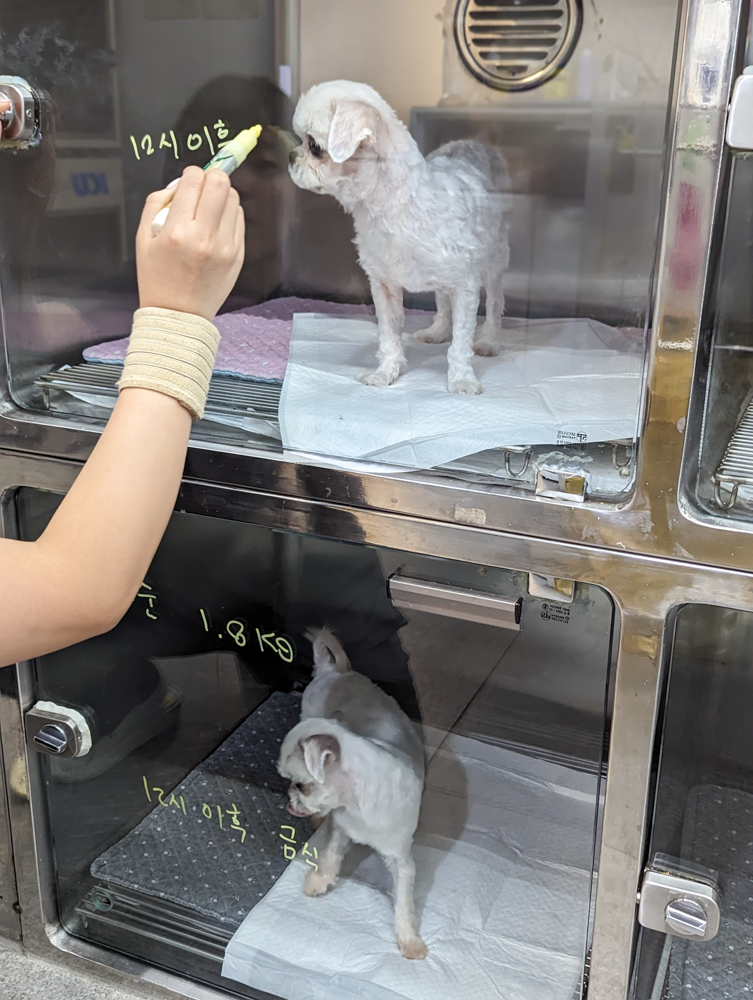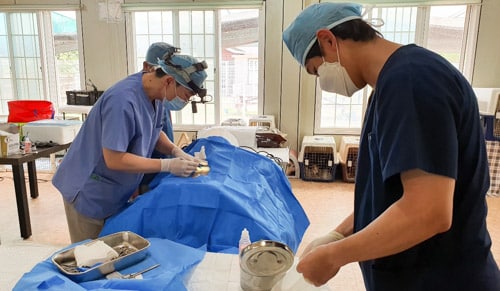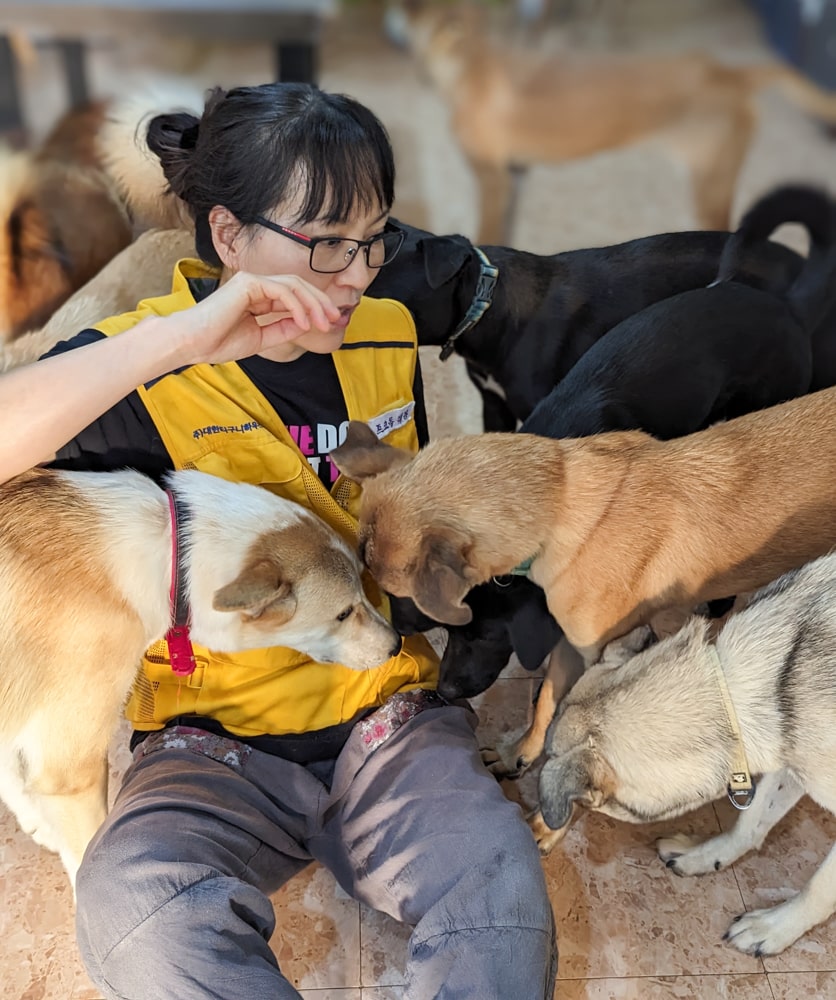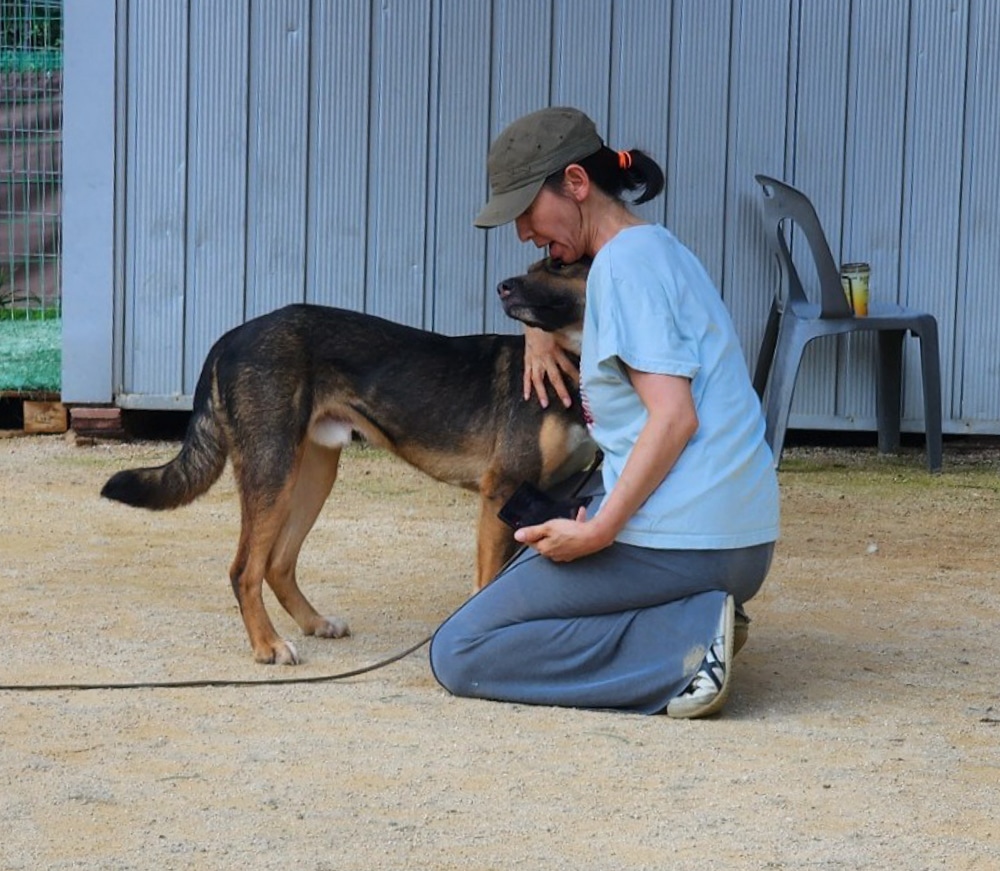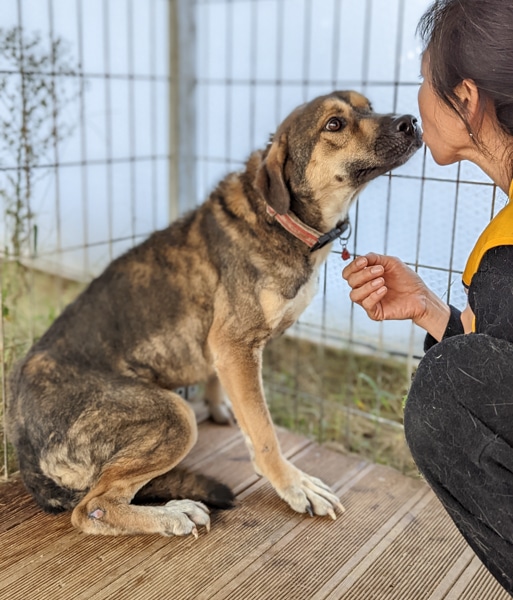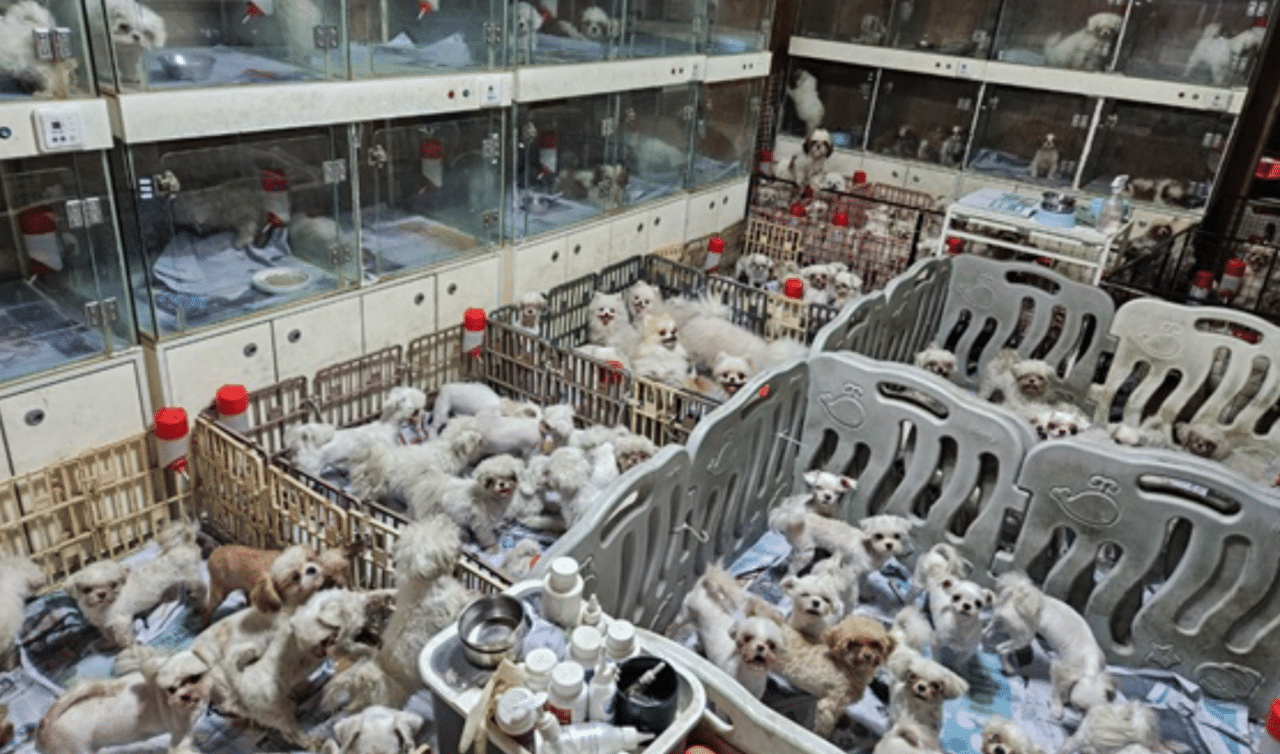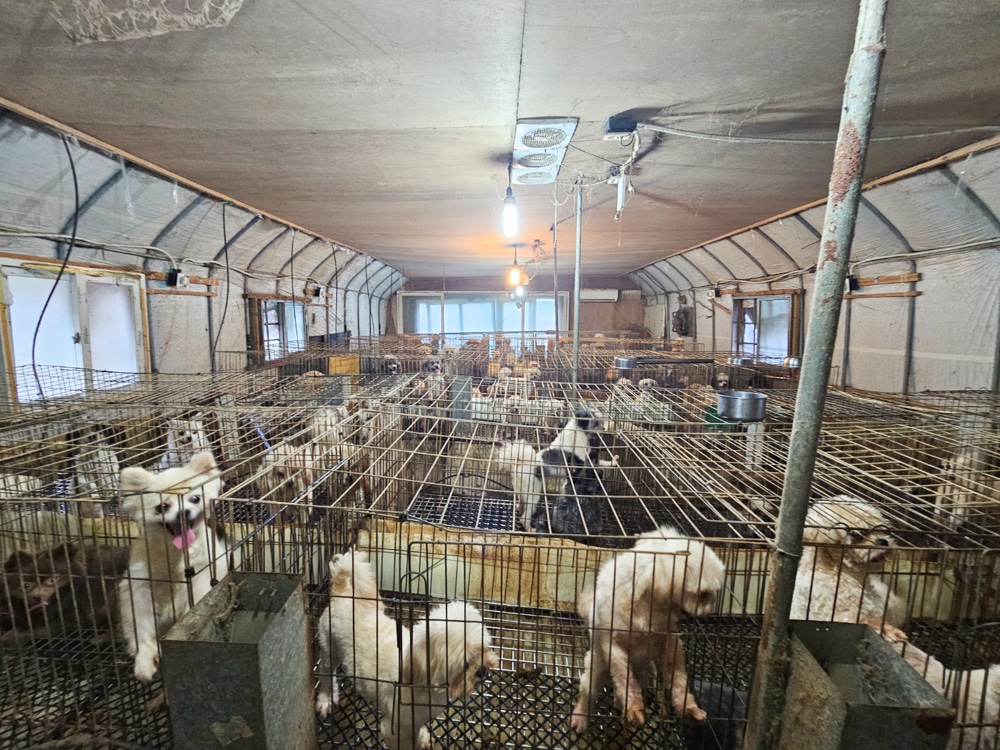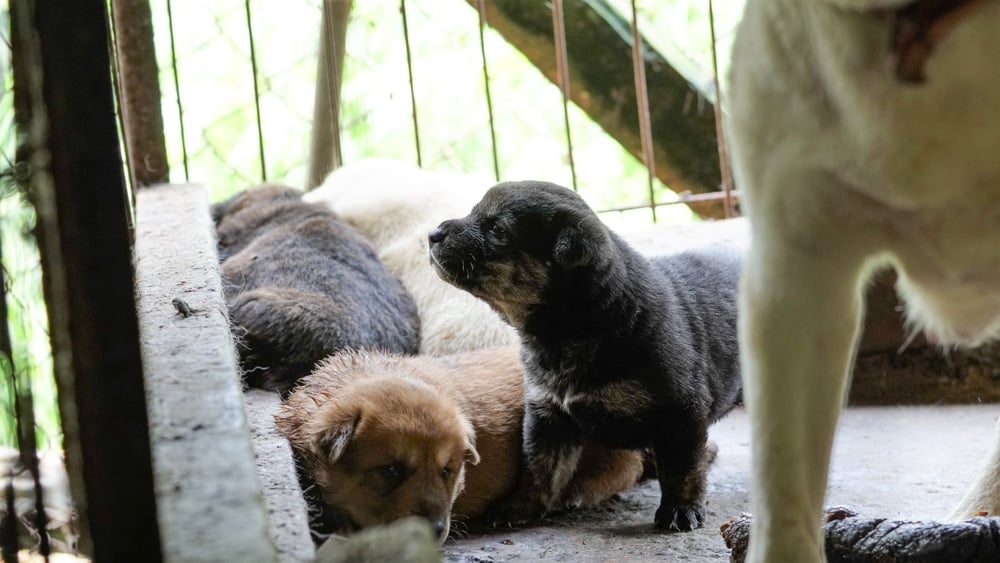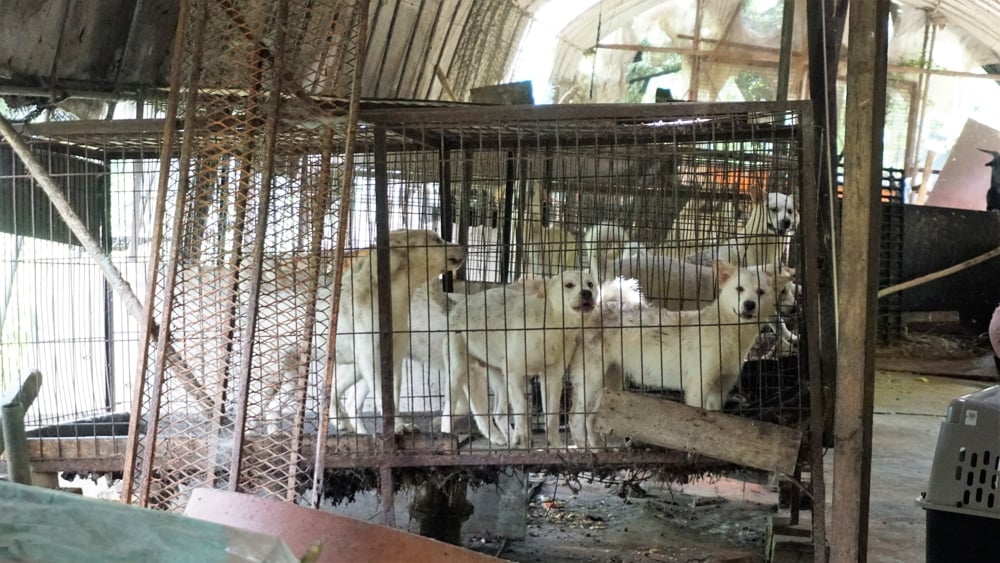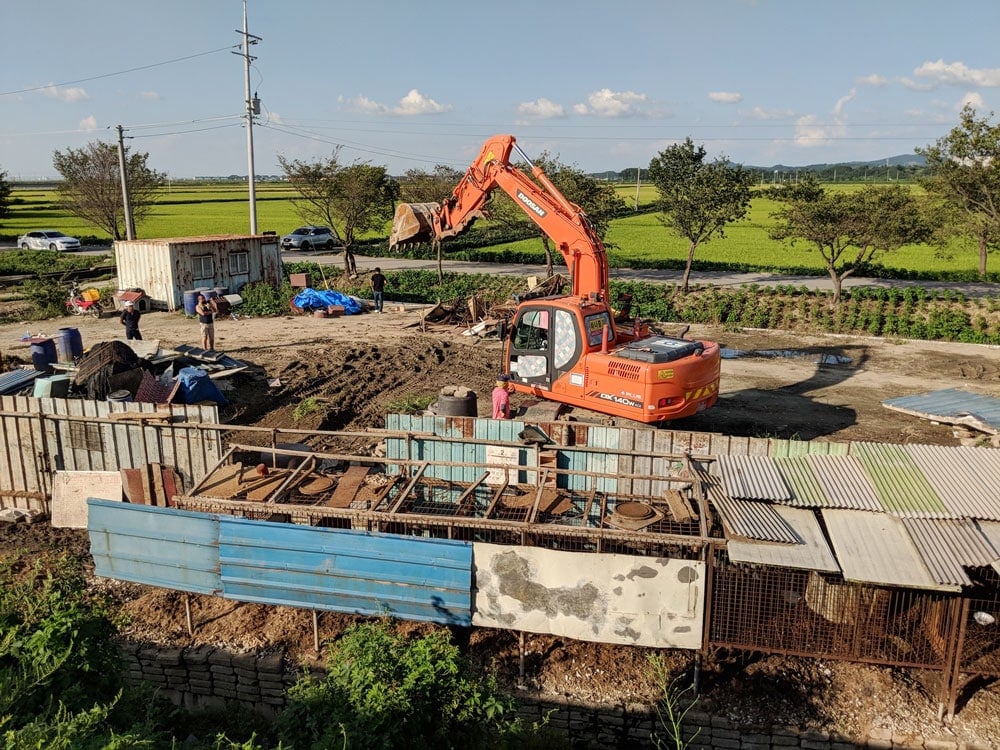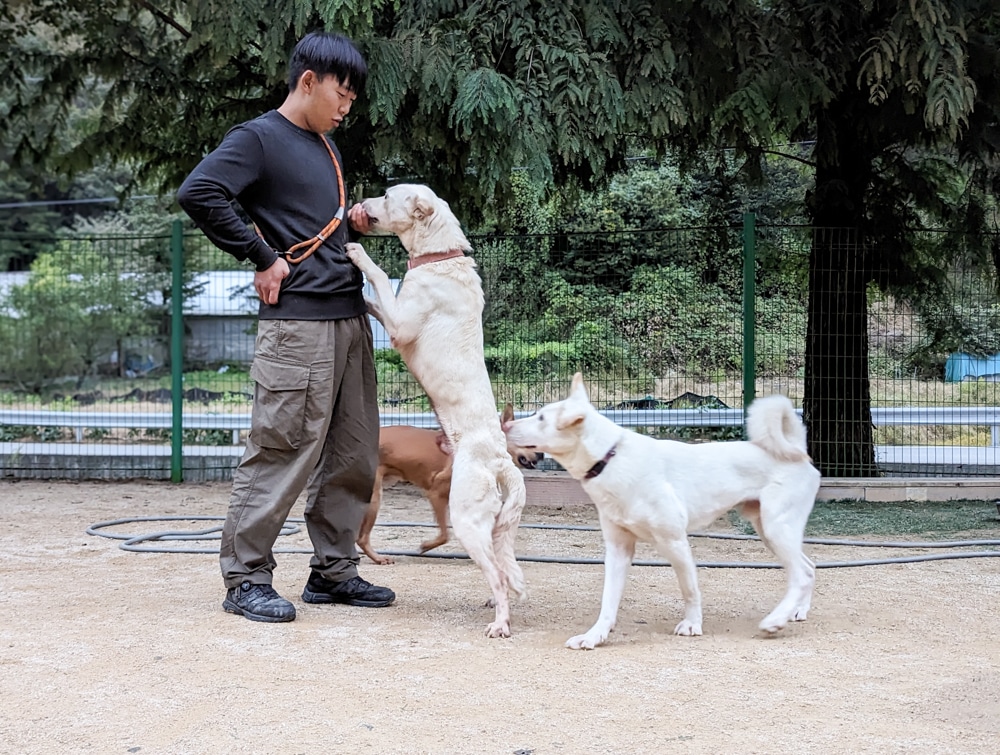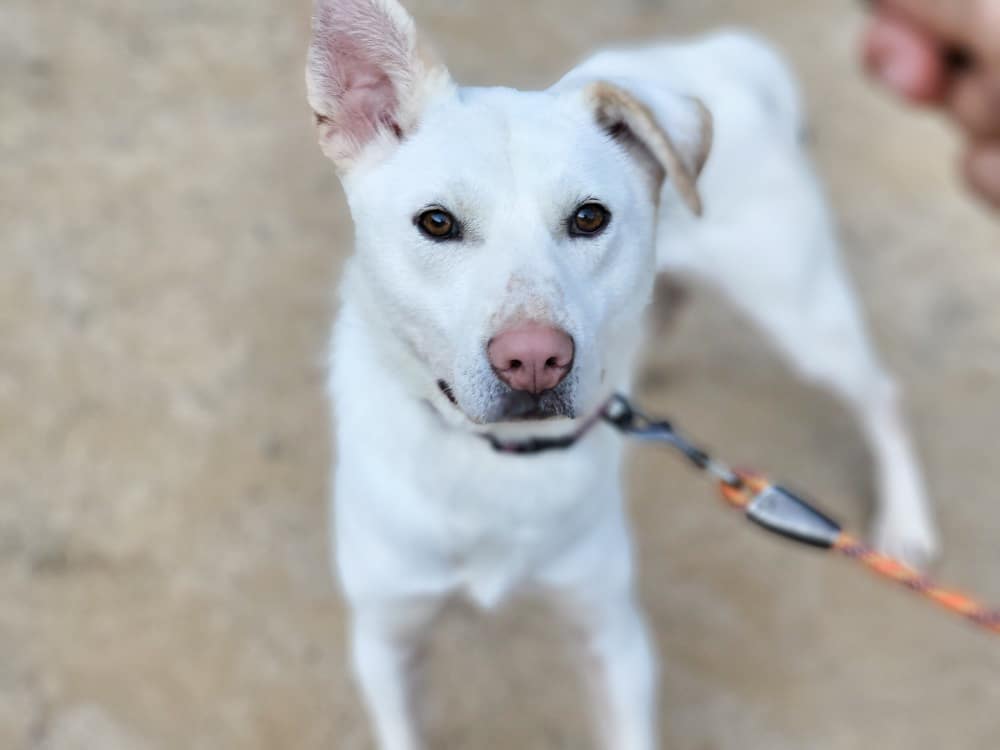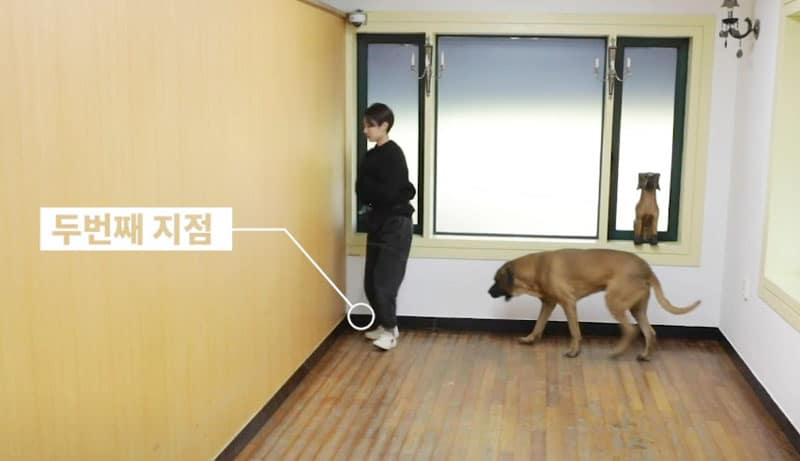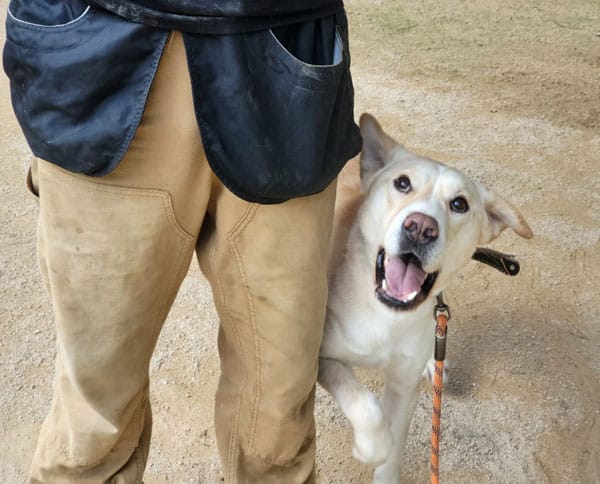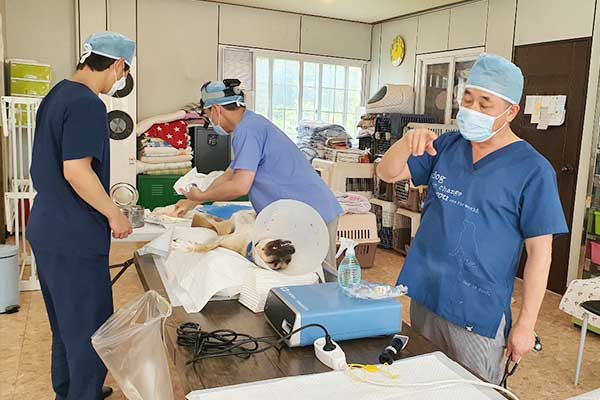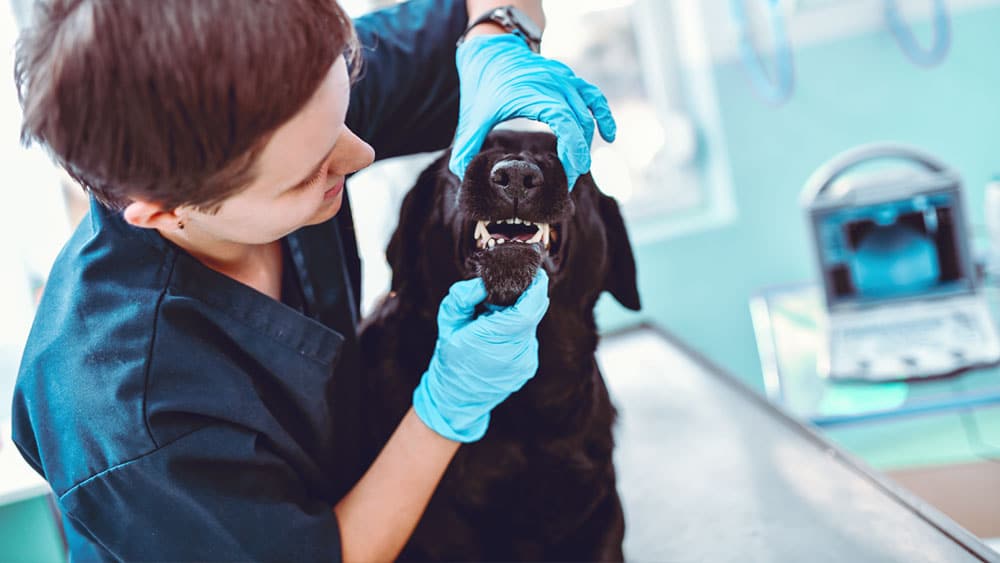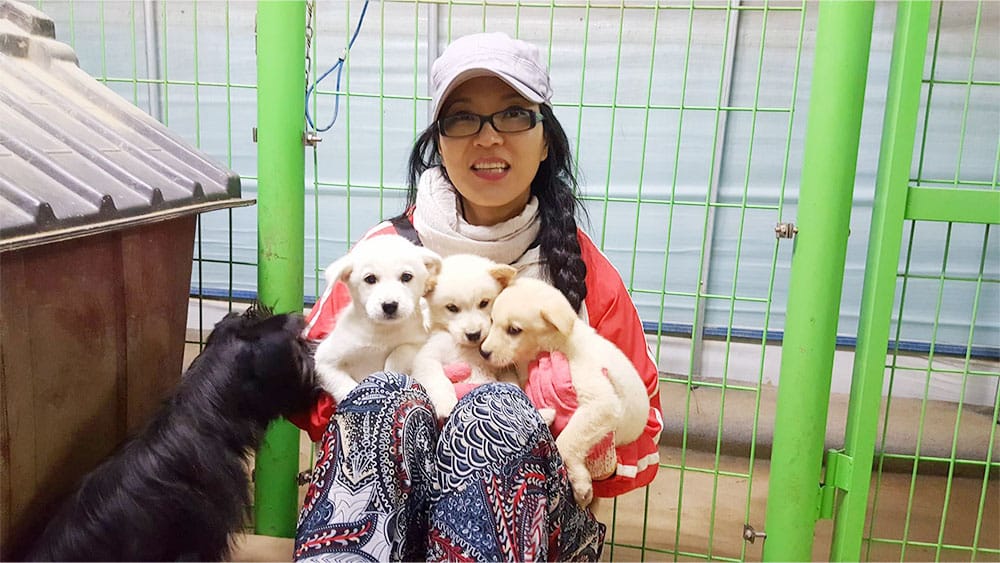Compassion in Action: The Urgency of Responsible Rescue Efforts
The world of rescue is facing an unprecedented crisis of overpopulation and pet homelessness. This is a statement of fact. Shelters and rescue organizations are at capacity, with long waitlists for intake and being forced to decline surrender requests due to the lack of space and resources. As a result, pets are being abandoned at an alarming rate, including being tied up outside public places, deliberately set
loose, or needlessly euthanized as a result. To add salt to the wounds, pet adoption rates have been dismally low.
How Did We End Up Here?
The post-COVID world created a perfect storm. During the height of the pandemic, increased spare time and finances as a result of public stay-at-home orders put many in an ideal position to welcome a furry companion into their home. The surge in demand did not go unnoticed, leading irresponsible breeders to maximize “production”, and owners to begin breeding their dogs for a slice of the lucrative pie.
However, the factors which made dog ownership appealing at the time were simultaneously the catalyst for the development of new issues. Social distancing protocols prevented proper socialization, which resulted in behavior challenges not everyone was equipped to handle. Restricted access to vets and trainers, who became overwhelmed with the demand for their services, caused delays for diagnoses
and treatments that escalated into larger and more expensive issues.
While the world gradually returned to its pre-pandemic activities, many soon found themselves without the time spare time they once enjoyed. Additionally, inflation, layoffs, and housing crises in major cities left many people struggling to support themselves, let alone their companion animals, leading to surrenders. Pets who are lucky enough to find refuge with a shelter or rescue can spend months, if not
years, in search of a forever home.
The most common reasons for surrender include:
- Inability to meet behavior challenge needs
- Inability to meet medical challenge needs
- Inability to meet financial needs to address medical and behavior challenges
- Life changes (changes in family dynamic, insufficient time to devote to the dog, difficulty securing pet-friendly housing, relocation)
While some of these challenges can be entirely preventable if informed decisions are made, rescues also have a responsibility to minimize these outcomes.
Why Do We Continue to Help Foreign Dogs?
The answer is simple, and a philosophy we have stood by since our inception – compassion knows no borders. Dogs do not get to choose their circumstances, and for the same reason we choose to help others across the globe stricken by wars or natural disasters they too had no control over, we extend the same compassion to animals.
As a rescue organization, it is our responsibility not only to help dogs in need but to tackle the issues that cause the challenges that plague us. We believe it is indeed possible to help all animals near and far. However, in order to create a sustainable future, we must first create change, and we, as rescue advocates, must be the change we seek. Change begins with education, and as famously quoted,
Education is the most powerful weapon in which you can use to change the world.
Fortunately, it is not too late to address the causes of pet abandonment that contribute to the overpopulation issues.
Boots on the Ground
Rescues are not only looking to find homes for homeless pets, but to ensure they are forever homes. This is not determined by which family expresses the most interest, is the most persistent, applies first, or is the first to pay the adoption fee, but rather by the family who is the best fit. It is up to the rescue to determine this, through a deep and solid understanding of both the perspective home and the dog in question.
Members of the rescue should have boots on the ground, whether permanently or habitually, to be able to make these assessments. This means being physically present on site and working hands-on with the dogs, as well as working alongside shelter staff, veterinarians, and trainers to ensure practices are up to standard. There is no way of ensuring this critical aspect unless the rescue has personally visited on location and continues to do so for the duration of the relationship.
Understanding the Source
Rescue dogs come from all aspects of life – from owner surrenders, strays, puppy mills, and in our case, meat farms. Witnessing the suffering endured in these circumstances is difficult, and the natural instinct of any animal lover would be to try to remove them from the situation by any means possible. Unfortunately, this in some cases can be counterproductive to rescue.
While saving (or essentially purchasing) a dog directly from a puppy mill, irresponsible breeder, or meat farm saves the one dog, it also effectively enables these players to continue to harm more animals. It is not to say we shouldn’t help animals trapped in these circumstances, but rather we must be mindful in our approach to ensure we are not fueling the very system we are opposing.
Rescue needs to focus on targeting the root cause of the problems and working to shut them down permanently in order to break the cycle. Any act of saving an animal from a distressing situation is heroic, but should never be mistaken as a viable solution.
Understanding the Situation
Oftentimes, dogs who have come from the most horrific backgrounds are the ones who need the most help. They usually, but not always, suffer from the worst cases of skittishness and fear-based aggressive tendencies as a result of abuse and undersocialization with humans.
Rescues who work on the front lines should understand that not all the dogs they rescue will be suitable for “civilian” life as a companion animal. We know from personal experience, having been on the forefront of dog meat farm rescues, that rehabilitation is not always successful. In such a case, resources are spent providing for the animals in a lifelong, sanctuary setting.
Attempting to give a dog meat trade survivor a life that makes up for the horrors they endured in their past is a noble deed. However, the fact of the matter is, forcing the situation without proper rehabilitation sets everyone up to fail. Despite hopes of a forever home, it is in the best interest of these dogs to remain in sanctuary in their country of origin.
Support, Resources, and Best Practices
A responsible rescue focuses not only on rehabilitation and adoption but education and awareness, which go hand in hand. Rescues have a genuine desire to build long-term, lifelong relationships with their adopters and help them succeed in their adoption journey. While proper assessment and screening is the first step to achieving this, sharing best practices and open lines of knowledge exchange communications strengthen the odds.
This includes exploring all possibilities for the duration of the pet’s life, and feasible solutions within the adopter’s ability, providing information on potential medical or behavior changes, and the financial implications of pet ownership during the screening process to ensure applicants are making informed decisions. Proper resources, support, and frequent, regular check-ins should be provided to help successful adopters prepare for and navigate their adoption journey.
Being a rescue means advocating for all dogs, not only those in one’s care. Supporting others and working collaboratively can make the world of difference because we rise by lifting others. Whether in the form of supporting low-income dog owners through pet foodbanks and supplies, advocating for greater accessibility and rights for pet owners seeking housing, or sharing resources with other organizations. These small ripples take little effort and grow into greater impacts than one might expect.
Welcoming a pet into the home is a considerable commitment, and the responsibility of choosing a dog’s fate is not a decision to take lightly. If the situation does not work out, the one who suffers the most is the animal. Rescue is a lifelong commitment to the animal, and rescues should always welcome the animal back into their care when their chosen families can no longer care for them. Training and medical needs should be addressed at this time in order to set everyone up for success.
Spay and Neuter
The most straightforward and obvious solution to overpopulation is spay and neuter. If pets are properly neutralized, they cannot reproduce, thereby controlling the population. This should be among the top priorities for all rescues. Regardless of intentions to breed or not, accidents can and do occur, and we should not take chances.
We understand that sometimes it is in the best interest of the dog to wait until they reach a certain age before the procedure. At the same time, it is not feasible for the rescue to keep the dog in their care until they come of age if they have a chance at a forever home, as this takes away from the space and resources that can be used towards new intakes. In such a case, adoption contracts should include both a non-breeding clause and a spay/neuter requirement when they come of age. Regardless of who is responsible for arranging the procedure, it is the rescue’s responsibility to ensure it has been followed through and is enforceable through a court of law if needed.
Rescues are Human
The overpopulation and homelessness pandemic is undoubtedly upsetting to animal lovers. It is not easy to bear witness to animals being surrendered, abandoned, or euthanized through no fault of their own. At the heart of it, we need to remember that just as most people have the best intentions when they open up their homes to animals with open hearts, most in rescue also do so. In the end, the people behind rescue are humans in situations where we sometimes allow emotions to overtake logic and reason. There are worse traits to lament. The important characteristic we need to hold on to moving forward is the ability to be honest with ourselves, acknowledge mistakes, learn from them, and pledge to do better moving forward.
Subscribe for Updates
Get our dogs in your inbox once a month, along with our latest news and events. We never send spam, and you can opt out at any time.
